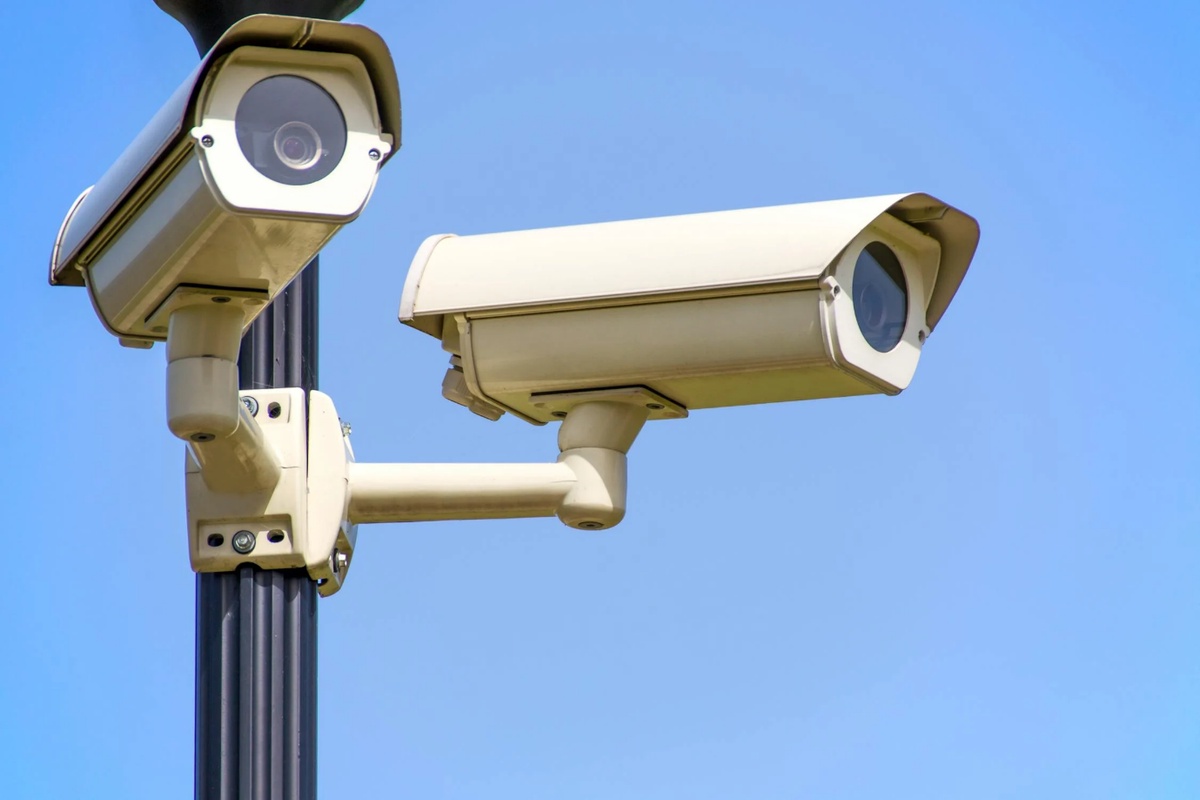In an era where security is paramount, selecting the right surveillance cameras is crucial for safeguarding homes, businesses, and public spaces. With advancements in technology, the market is flooded with a myriad of options, making the decision-making process overwhelming. To make an informed choice, one must consider factors such as camera type, location, connectivity, and the latest features. In this guide, we delve into the key aspects of selecting the best surveillance cameras, addressing popular questions and highlighting the latest advancements in the field.
Which Camera is Best for Surveillance?
Choosing the best cameras for Surveillance involves understanding the specific requirements of the surveillance task. The two primary types of surveillance cameras are analog and IP (Internet Protocol) cameras. Analog cameras are traditional and offer reliable performance, but they may lack some advanced features. On the other hand, IP cameras provide higher resolution, remote access, and scalability.
For those seeking the latest advancements, IP cameras are the go-to option. They offer superior image quality, often in high definition or 4K, allowing for detailed monitoring. Additionally, IP cameras can be integrated into existing network systems, making them versatile and easy to manage. Look for features such as motion detection, night vision, and two-way audio for enhanced functionality.
The latest cameras also come equipped with artificial intelligence (AI) capabilities, enabling intelligent video analytics. These cameras can identify and alert users to specific events, such as intruders or unusual activity, making them a valuable asset in modern surveillance systems.
Which Surveillance Camera is Best for Outdoor?
Outdoor surveillance cameras require special consideration due to exposure to the elements. The best outdoor surveillance cameras are designed to withstand harsh weather conditions while providing reliable performance. Look for cameras with an Ingress Protection (IP) rating, indicating their resistance to dust and water.
For outdoor use, consider cameras with weatherproof housing and durable construction materials. Bullet cameras and dome cameras are popular choices for outdoor surveillance. Bullet cameras are compact, easy to install, and offer a long-range view, while dome cameras are more discreet, with a vandal-resistant design.
The latest outdoor surveillance cameras often feature advanced infrared (IR) technology for clear night vision. Some models also incorporate smart detection algorithms to reduce false alarms triggered by natural elements like moving foliage.
Do All Security Cameras Need WiFi?
While many modern security cameras come with WiFi connectivity, not all require it. Wired cameras, such as Power over Ethernet (PoE) cameras, use a single cable for both power and data transmission, eliminating the need for a separate power source and reducing cable clutter. These wired options are reliable and suitable for locations with a stable network infrastructure.
Wireless cameras, on the other hand, rely on WiFi for data transmission. These cameras are more flexible in terms of installation, allowing users to place them in areas without physical cable access. However, they may experience connectivity issues in areas with weak or unreliable WiFi signals.
The choice between wired and wireless cameras depends on the specific surveillance requirements and the infrastructure available at the installation site. For remote locations or areas without easy access to power outlets, wireless cameras may be the preferred choice. In contrast, wired cameras are suitable for environments where a stable network connection is essential.
Latest Cameras: Embracing Technological Advancements
The latest surveillance cameras incorporate cutting-edge technologies to enhance security capabilities. AI-powered cameras, for instance, can distinguish between human and non-human movement, reducing false alarms. Object recognition and tracking features further improve the accuracy of surveillance systems.
Additionally, the integration of cloud storage allows users to remotely access and store footage, providing a secure and convenient solution for data management. Mobile apps and smart home integration are becoming standard features, enabling users to monitor their properties from anywhere using smartphones or other connected devices.
In conclusion, choosing the best surveillance cameras involves a thoughtful consideration of factors such as camera type, outdoor suitability, and connectivity options. The latest cameras, equipped with advanced features like AI and cloud integration, represent the forefront of surveillance technology. By understanding the specific needs of the surveillance task and staying informed about the latest advancements, individuals and businesses can make informed decisions to ensure the safety and security of their spaces.


No comments yet